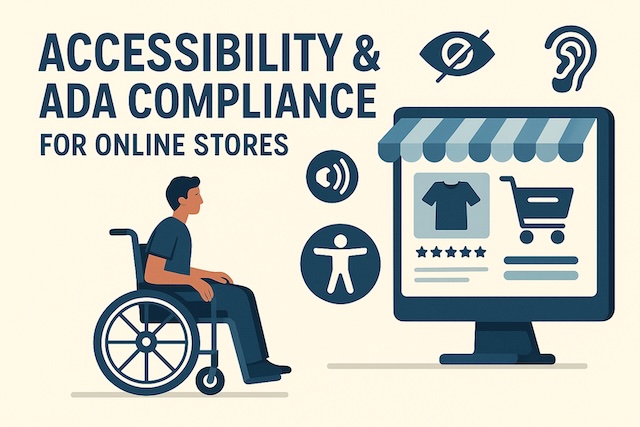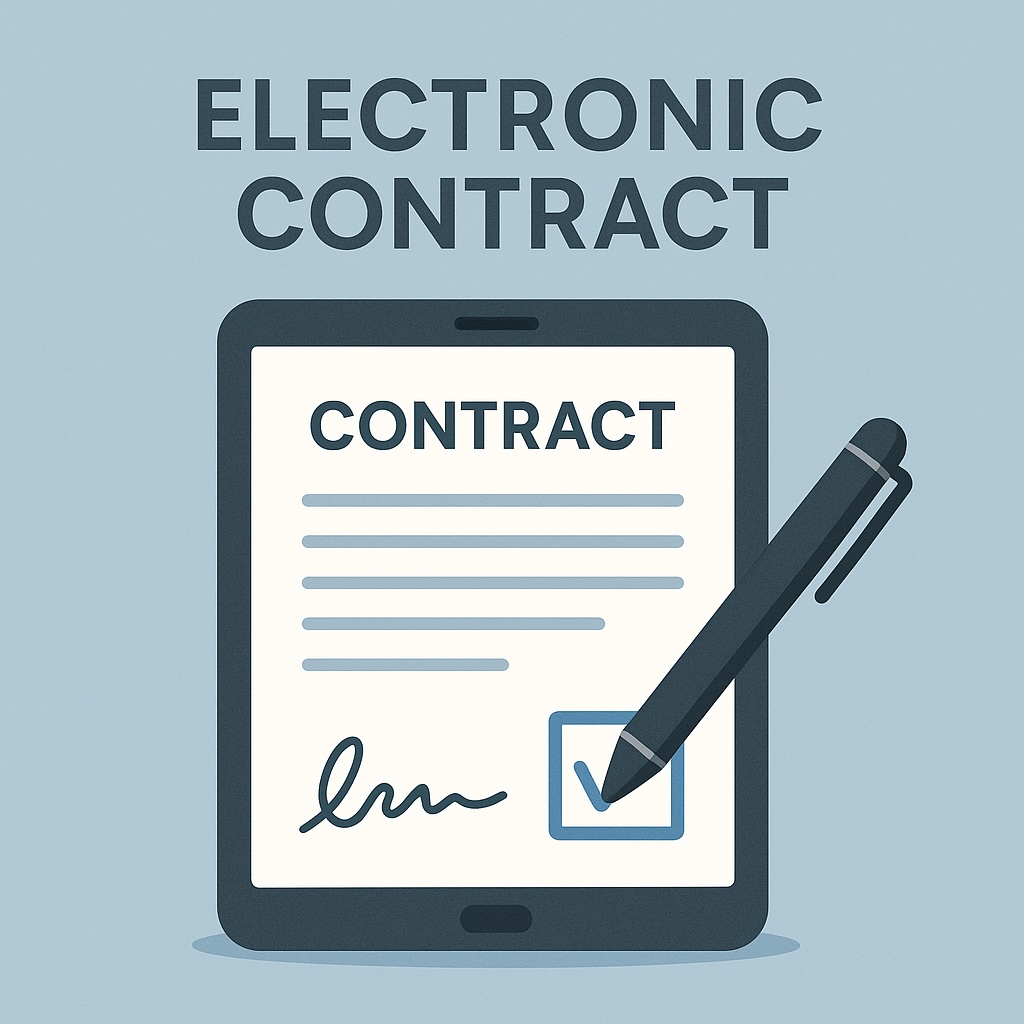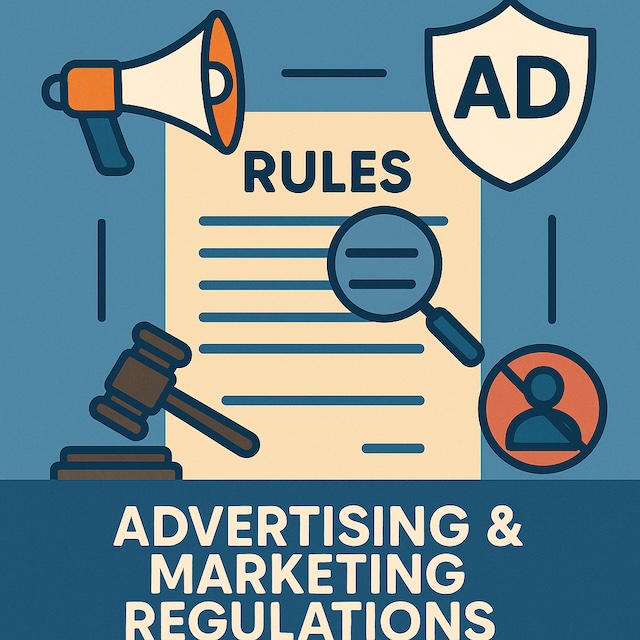Why Accessibility Matters
The Americans with Disabilities Act (ADA) requires businesses to make their services accessible to people with disabilities. Courts have increasingly applied this to websites, not just physical stores. Failing to comply can mean lawsuits, settlements, and reputational harm.
Example: Major retailers like Domino’s Pizza and Target have faced lawsuits for websites that were not screen-reader accessible.
What the ADA Requires for Websites
- Websites must provide “reasonable accessibility” for individuals with disabilities.
- There is no single federal technical standard, but the Web Content Accessibility Guidelines (WCAG 2.1) are widely used.
Practical Accessibility Steps
- Alt text for images (so screen readers can describe visuals).
- Keyboard navigation support (not just mouse clicks).
- Readable text and contrast (avoid color combinations that are hard to see).
- Captions and transcripts for videos.
- Avoid time limits on checkout or form completion.
Benefits Beyond Compliance
- Accessibility expands your customer base (26% of U.S. adults live with a disability).
- Accessible sites often have better SEO and usability.
- Reduces legal risk and builds a more inclusive brand reputation.
Key Takeaways
- ADA compliance applies to online stores as well as physical ones.
- Following WCAG standards is the safest path to compliance.
- Accessibility is both a legal duty and a business opportunity.
Action Step: Run your website through a free accessibility checker (e.g., WAVE or Axe). Start fixing high-priority issues like missing alt text or poor color contrast.
If you are interested in reading more about accessibility & ADA compliance for online stores, please see Recommended Books.





